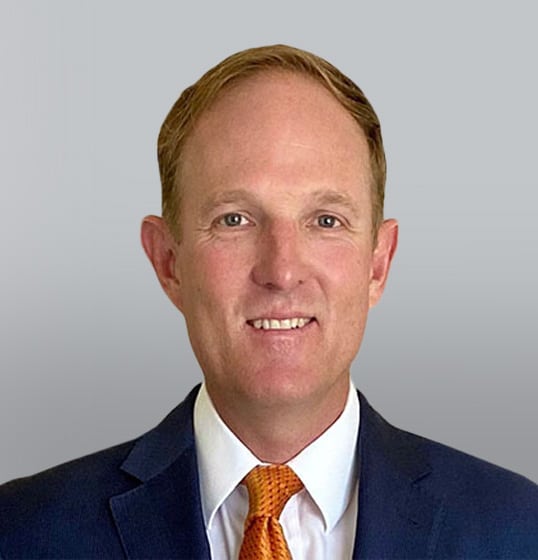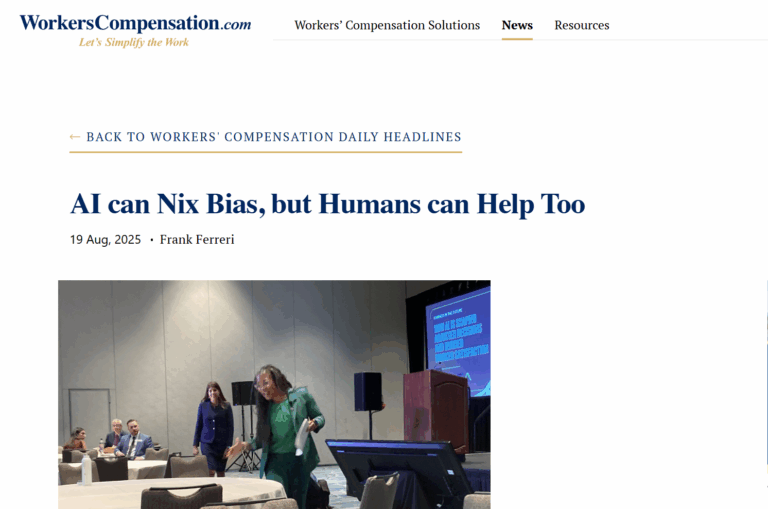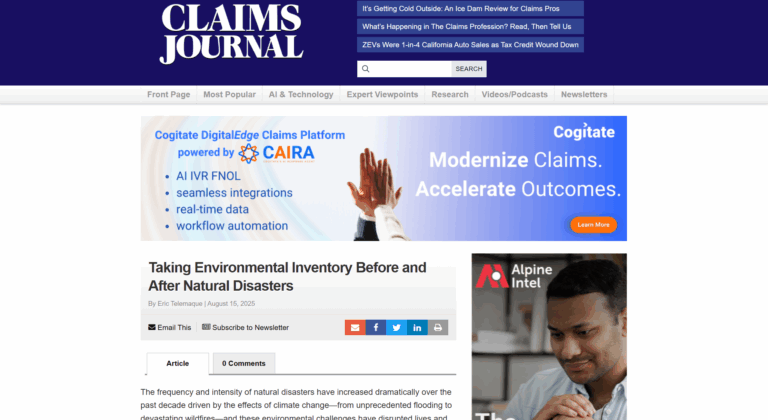In late April, thousands gathered in their home offices to tune into RIMS Live 2021.
We met lots of talented, exceptional industry professionals and shared our wisdom around implementable insights that everyone can take on to enhance, protect, and support their own portfolios.
While it was in a different format, RIMS still remains the world’s most comprehensive risk management event. With delegates from around the world, and content across a broad range of topics – it was a fantastic learning experience for all involved. In addition to this, we launched our global solution to carriers – One GB.
What is ‘One GB’?
“We’ve been quite busy here at GB over the last few decades, working to deliver more services to more customers in more industries. But, what we’ve realized is many of our customers don’t realize we can offer more than what they interact with. So, the One GB offering demonstrates how GB can be the one solution for all your risk management, insurance and brokering needs.
“One GB helps our team work with customers to create unique packages that harness their existing systems and resources, while leveraging the expertise, and experience of the full spectrum of Gallagher Bassett’s support network.
Jon Stambaugh – Senior Vice President, Carrier Practice.
Here’s a snapshot of two of our presentations with key takeaways from our team of experts. In next month’s edition, we will recap our transportation and social inflation presentations, but if you want to know more about these topics before this – please reach out to our team.

How we use evidence-based medicine to measure and improve health outcomes
Joe Powell – SVP Analytics, Jeffrey White – SVP Product Development
Historically, Workers’ Compensation has worked in a reactive, severity driven way. As an industry, we’ve handled issues on an ad hoc basis, with very little preventative initiatives and a focus on dispute resolution and post-event utilization reviews. Over the decades GB has been in the Workers’ Compensation space, we’ve seen the approach to healthcare change significantly and have adapted our approach to match this pace.
This is why we endorse and implement evidence-based medicine (EBM), to increase treatment compliance while reducing medical costs for employers over time. In considering research evidence, clinical expertise and claims experience data, our team is able to assign effective, meaningful treatment plans that see workers return to the job sooner with greater efficacy.
It leads us into a proactive, quality of care approach with a focus on continuous monitoring, treatment compliance and provide proficiency. Through the use of analytics software, such as GB’s Waypoint and GBCARE platforms, we can isolate and identify areas of opportunity and direct injured workers to medical providers that have proven themselves to be effective.
This approach enables us to deliver more value for clients, with a higher return to work rate and lower costs. It means we don’t just shoot at random to see what sticks, but aim with precision and the backing of data and decades of expertise.
How surveillance manages risk, protects property and is a useful litigation defense mechanism
Caryn Siebert – VP Carrier Practice
The use of public and private surveillance has become more and more popular in recent years, as many seek to feel safe and protected at home, at work and in public settings. Whether it’s the use of mobile phone cameras to capture footage of a crime, body-cams on authorities, home CCTV systems or drones, we all have the ability to surveil our surroundings.
This increase in surveillance has enabled the carrier industry greater control in litigation settings, where they can prove fraud, negligence or showcase the truth of a claim. It allows evidence to go beyond character and witness statements, and into the reality of what actually occurred.
This is why we recommend clients investigate their surveillance opportunities, particularly when it comes to protecting property. This could look like installing cameras or monitoring at entrances and exits, common areas, parking lots, high traffic areas and ensuring they’re highly visible to deter potential offenders.
When it comes to whether this level of surveillance is appropriate, the law does state there is a reasonable expectation of privacy within your own home, but there is no expectation of privacy in quasi-public and public spaces. So, your employer can’t use your laptop camera to surveil the inside of your home office – but it is reasonable for them to install a camera in the work office’s kitchen and open plan area.
While surveillance can offer many benefits – such as a sense of safety, proof of ‘what happened’, and an accessible defense – it can also see privacy violation issues, provide a false sense of security, and be susceptible to abuse.
Our society’s increased use of surveillance has led many people down the path of believing we are in an almost Orwellian society, “Big Brother is Watching”. The use of facial recognition, community surveillance and the ability for foreign actors to disrupt and hack surveillance, is on the rise and there is much more for our society to continue to consider when it comes to how to best use surveillance.
As a virtual event, content from RIMS LIVE 2021 will be available online for 60 days. If you missed attending live or want to learn more about our areas of expertise, reach out to our team today.






